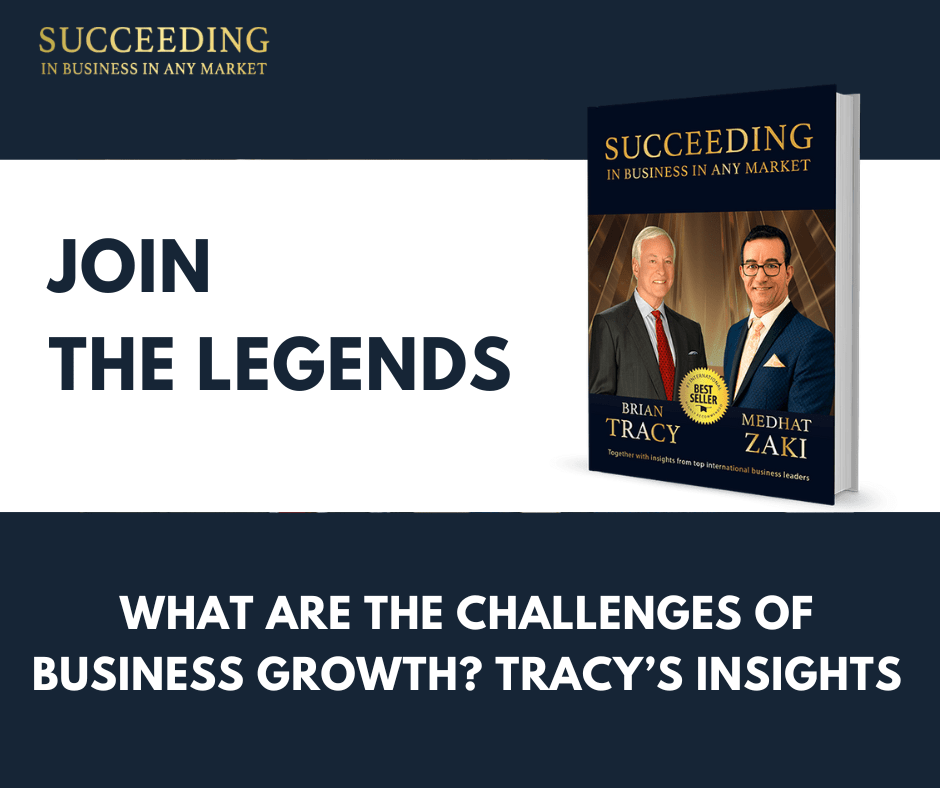Post Date: August 10, 2024

The Role of Effective Packaging and Branding in Product Success
In today’s highly competitive market, where thousands of products vie for consumer attention, the significance of effective packaging and branding cannot be overstated. Packaging and branding are not merely about aesthetics; they play a crucial role in communicating the value and essence of a product, influencing consumer perceptions, and ultimately driving sales. This article delves into the importance of packaging and branding, exploring how these elements contribute to product success and why businesses should prioritize them in their marketing strategies.
BY : Hassan Varasi
Understanding Packaging and Branding
What is Packaging?
Packaging refers to the design and production of containers or wrappers for a product. It serves multiple purposes, including protecting the product, making it easier to transport, and providing essential information. However, beyond its functional roles, packaging also acts as a powerful marketing tool. It is often the first point of interaction between a consumer and a product, making it a critical element in shaping consumer impressions.
What is Branding?
Branding, on the other hand, is the process of creating a unique identity for a product or company through names, logos, slogans, and design elements. It encompasses the values, mission, and vision that a company wants to convey to its target audience. Branding differentiates a product from its competitors and builds a lasting relationship with consumers.
The Importance of Packaging
First Impressions Matter
In a crowded marketplace, packaging is the first thing a consumer notices about a product. An attractive, well-designed package can grab attention, create a positive first impression, and make a product stand out on the shelves. According to a study by the Paper and Packaging Board, 72% of consumers agree that the design of a product’s packaging can influence their purchase decision.
Protection and Preservation
The primary function of packaging is to protect the product from damage during transportation and storage. Effective packaging ensures that the product reaches the consumer in perfect condition, which is crucial for maintaining brand reputation and consumer trust. For perishable goods, packaging also plays a vital role in preserving freshness and extending shelf life.
Informational Value
Packaging provides essential information about the product, including ingredients, usage instructions, expiration dates, and manufacturer details. Clear, accurate information helps consumers make informed decisions and ensures compliance with regulatory requirements. For example, food packaging must include nutritional information and allergen warnings, which are critical for consumer safety.
Enhancing Brand Recognition
Consistent and distinctive packaging design reinforces brand identity and enhances recognition. When consumers repeatedly see the same colors, logos, and design elements, they develop a sense of familiarity and trust. This consistency across all packaging formats strengthens brand loyalty and encourages repeat purchases.
The Importance of Branding
Differentiation in the Market
Branding is essential for differentiating a product from its competitors. In a market where similar products abound, a strong brand identity helps a product stand out. Effective branding communicates the unique selling points and values of a product, making it more appealing to the target audience. For instance, Apple’s branding emphasizes innovation, quality, and a premium user experience, setting it apart from other tech companies.
Building Emotional Connections
Brands that connect emotionally with consumers enjoy higher loyalty and advocacy. Through branding, companies can tell their story, share their values, and create an emotional bond with their audience. Emotional branding fosters a deeper connection beyond the functional benefits of a product, leading to a more loyal customer base. Coca-Cola, for example, uses branding to evoke feelings of happiness and togetherness, which resonates deeply with consumers.
Perceived Quality and Value
A strong brand often translates to perceived higher quality and value. Consumers are willing to pay more for branded products because they associate them with reliability, consistency, and superior performance. This perception of quality is crucial in competitive markets where consumers have numerous options. Luxury brands like Rolex or Gucci leverage branding to justify their premium prices and convey exclusivity.
Trust and Credibility
Consistency in branding builds trust and credibility. When consumers repeatedly experience positive interactions with a brand, they develop trust and are more likely to become loyal customers. This trust extends to new products under the same brand, making it easier for companies to introduce new offerings. Nike, for example, has built a brand synonymous with quality and performance, which instills confidence in consumers regardless of the specific product they purchase.
The Synergy Between Packaging and Branding
Creating a Cohesive Brand Experience
Packaging and branding should work together to create a cohesive brand experience. The design elements on the packaging should reflect the overall brand identity, including colors, fonts, and imagery. This consistency helps reinforce brand recognition and creates a seamless experience for the consumer. A mismatch between packaging and branding can confuse consumers and dilute brand identity.
Communicating Brand Values
Both packaging and branding are platforms for communicating brand values. Sustainable packaging, for example, can reflect a brand’s commitment to environmental responsibility. By aligning packaging choices with brand values, companies can appeal to like-minded consumers and strengthen their brand message. Brands like Patagonia use eco-friendly packaging to reinforce their commitment to sustainability, which resonates with their environmentally conscious customers.
Enhancing the Unboxing Experience
The unboxing experience has become a significant aspect of consumer satisfaction and brand perception. Thoughtfully designed packaging enhances this experience, making it memorable and shareable. Unboxing videos on social media can amplify brand exposure and create buzz. Brands like Apple and Samsung invest in premium packaging to enhance the unboxing experience, which adds to the overall product value and consumer satisfaction.
Case Studies of Successful Packaging and Branding
Apple
Apple is a prime example of the power of effective packaging and branding. The company’s minimalist packaging design reflects its brand values of simplicity and elegance. Apple’s branding emphasizes innovation, quality, and a premium user experience. This cohesive approach has created a strong emotional connection with consumers, making Apple products highly desirable and recognizable worldwide.
Coca-Cola
Coca-Cola’s branding strategy revolves around creating a sense of happiness and togetherness. Its iconic red and white packaging is instantly recognizable and has remained consistent over the years. The company uses branding to evoke positive emotions, which has helped it maintain a loyal customer base and strong market presence. Seasonal packaging changes, such as holiday-themed bottles, keep the brand fresh and engaging while maintaining its core identity.
Tiffany & Co.
Tiffany & Co. is renowned for its distinctive blue packaging, which has become synonymous with luxury and elegance. The “Tiffany Blue” color is a key element of the brand’s identity and is used consistently across all packaging and branding materials. This consistency reinforces the brand’s image and makes Tiffany & Co. products instantly recognizable. The iconic blue box has become a symbol of quality and exclusivity, enhancing the overall brand experience.
Challenges in Packaging and Branding
Balancing Aesthetics and Functionality
One of the main challenges in packaging design is balancing aesthetics with functionality. While visually appealing packaging is crucial for attracting consumers, it must also be practical and protective. Finding the right balance can be challenging, especially for products with unique shapes or specific storage requirements.
Keeping Up with Trends
Consumer preferences and market trends are constantly evolving, requiring brands to stay updated and adapt their packaging and branding strategies. This can be challenging, as frequent changes may confuse consumers or dilute brand identity. However, staying relevant and responsive to market changes is essential for long-term success.
Environmental Concerns
Sustainability has become a significant concern for consumers, leading to increased demand for eco-friendly packaging. Brands must balance environmental considerations with cost and functionality. Developing sustainable packaging solutions that do not compromise on protection or aesthetics is a complex challenge but is increasingly important for maintaining consumer trust and loyalty.
Consistency Across Channels
Maintaining consistency in branding and packaging across different channels and markets can be challenging. Brands need to ensure that their identity remains cohesive whether consumers encounter their products in physical stores, online, or through social media. Inconsistent branding can lead to confusion and weaken the overall brand message.
Strategies for Effective Packaging and Branding
Understanding the Target Audience
Effective packaging and branding start with a deep understanding of the target audience. Brands need to conduct thorough market research to identify consumer preferences, needs, and behaviors. Tailoring packaging and branding to meet the specific desires of the target audience increases the likelihood of success. For instance, luxury brands may focus on premium materials and sophisticated designs, while products aimed at children might use bright colors and playful imagery.
Investing in Design and Innovation
Investing in high-quality design and innovation is crucial for creating impactful packaging and branding. Working with professional designers and staying updated with the latest design trends can give brands a competitive edge. Innovative packaging solutions, such as smart packaging that interacts with consumers, can enhance the overall brand experience and drive consumer engagement.
Emphasizing Brand Storytelling
Storytelling is a powerful tool in branding. Brands should use packaging and branding to tell their story and convey their values. This creates an emotional connection with consumers and makes the brand more relatable. For example, a brand that emphasizes sustainability can use packaging made from recycled materials and include a message about its environmental commitment.
Consistency and Flexibility
While consistency is key to maintaining a strong brand identity, brands also need to be flexible and adaptable. This means having a core brand identity that remains constant while allowing for adaptations to suit different markets or trends. Seasonal packaging, limited edition designs, and special collaborations can keep the brand fresh and engaging without losing its core identity.
Leveraging Technology
Technology can enhance packaging and branding in numerous ways. Augmented reality (AR) packaging, for instance, can provide interactive experiences, while QR codes can offer additional information or promotional content. Leveraging technology can create unique and memorable brand experiences that set a product apart from competitors.
Conclusion
In conclusion, packaging and branding are critical components of a product’s success. They are not just about aesthetics; they play a vital role in protecting the product, communicating essential information, and creating a strong brand identity. Effective packaging and branding differentiate a product from its competitors, build emotional connections with consumers, and enhance perceived quality and value. Despite the challenges, investing in high-quality design





